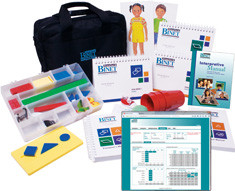Stanford-Binet Intelligence Scales for Early Childhood (EARLY SB-5)
- Ages 2-0 through 7-3
- Ages (Full Battery) 2-0 through 5-11
- Ages (Abbreviated Battery) 6-0 through 7-3
- Testing Time 15-50 minutes
- Testing Time (Abbreviated Battery) 15-20 minutes
- Testing Time (Full Battery) 30-50 minutes
- Administration Individual
-
Product Code SERIES ( MR #059917 )
- Provides a lower cost version of the Stanford-Binet–Fifth Edition for preschool assessment
- Provides comprehensive coverage of five factors of cognitive ability
- Includes child-friendly toys/manipulatives
- Includes an entire nonverbal/low-verbal section that requires minimal verbal response from the examinee useful for children with limited English, deafness/hard-of-hearing, autism, and other expressive-language difficulties
- Offers low-end, easier items and toys for accurate measurement of low-functioning children
- Includes a Test Observation Checklist to document behavior during testing
- Offers a Parent Report to help facilitate communication with the child’s parent, guardian, or caregiver
-
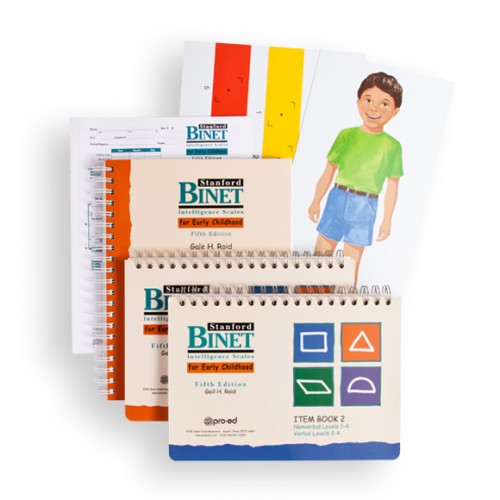
Stanford-Binet Intelligence Scales for Early Childhood (EARLY SB-5)
SB-5 EARLY Complete Kit
$505.00 -
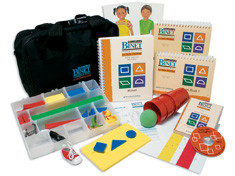
Stanford-Binet Intelligence Scales for Early Childhood (EARLY SB-5)
SB-5 EARLY Complete Kit & Online Scoring and Report System
$715.35 -
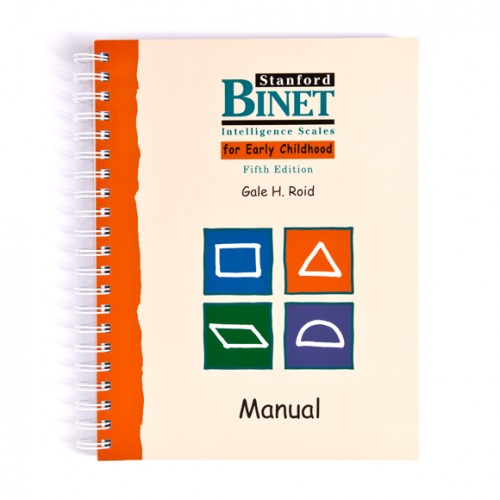
Stanford-Binet Intelligence Scales for Early Childhood (EARLY SB-5)
EARLY SB-5 Examiner's Manual
$86.00 -
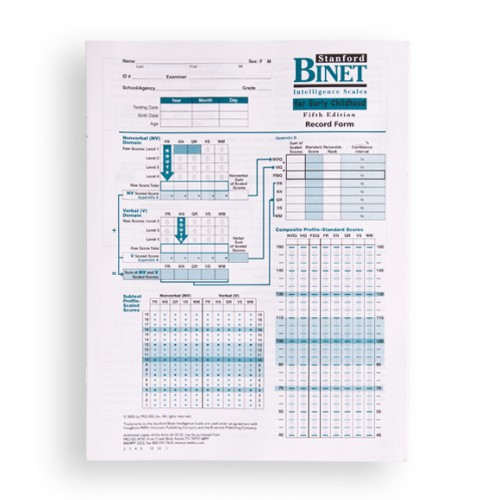
Stanford-Binet Intelligence Scales for Early Childhood (EARLY SB-5)
EARLY SB-5 Record Forms (25)
$93.00 -

Stanford-Binet Intelligence Scales for Early Childhood (EARLY SB-5)
EARLY SB-5 Item Book 1
$244.00 -

Stanford-Binet Intelligence Scales for Early Childhood (EARLY SB-5)
EARLY SB-5 Item Book 2
$244.00 -

Stanford-Binet Intelligence Scales for Early Childhood (EARLY SB-5)
EARLY SB-5 Manipulatives Kit
$367.20 -
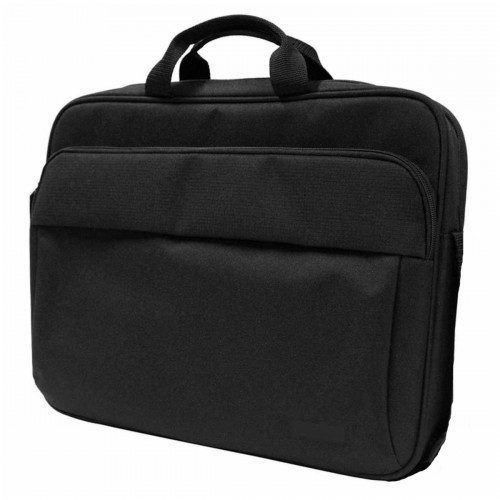
Stanford-Binet Intelligence Scales for Early Childhood (EARLY SB-5)
EARLY SB-5 Carrying Case (Canvas Bag)
$86.40
- Copyright 2005

 Proud to be Canadian
Proud to be Canadian